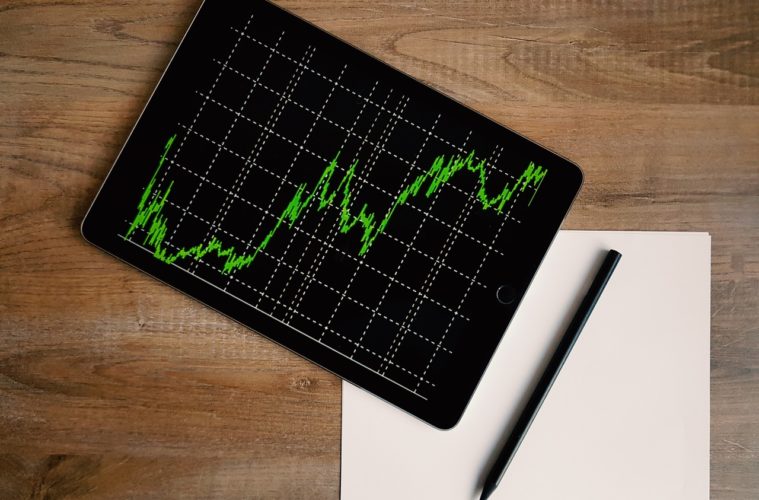Are you thinking about trying day trading? The idea can be a little overwhelming for beginners since there is a lot to learn, but luckily there are some smart day trading strategies to help you with the learning process.
Day trading involves a lot of analysing charts, studying markets, and managing risk. For this reason, if you have an analytical brain you’re likely to naturally be pretty good at it. However, even if you’re not the most logical person around, these are all skills that can be taught.
When you’re day trading, you’re buying shares, including penny stock, and aiming to sell them within a short period of time (for a profit).
The trick is to find volatile stocks, and this means your best bet is to be continually up to date about what’s going on in the world, particularly in the business world. Be sure to follow the companies you’re interested in (Google Alerts are great for this), so you can be ready to react accordingly.
Day traders will either trade with cash or on margin. The main difference? When day traders are trading on margin they’re using borrowed money, and they leverage their account in order to make a profit on that money. This sounds great in theory, but if you’re not great at managing risk you can end up in big trouble.
Some people are naturally great at day trading, and these tend to be the kind of people who are naturally risk averse. You need to be able to cap your losses. Every trade has a pre-determined level of risk, so you need to ensure you follow the rule for each trade.
One of the biggest mistakes that beginners make is when they change their risk parameters on the fly. This means they hold longer than they should, hoping that the stock will come back up. Unfortunately, this makes it likely that they’ll lose more often than not- especially when they could have gotten out soon if they followed the rules they had set in place.
When you first begin learning about day trading, you’ll be focused on two main strategies- Momentum and Reversal. There are many courses that you can take to teach you these two strategies, and you’ll learn the types of stock you should be trading, when the best times of the day are for trading, the ways you find the best stocks, how to set your stop loss, and how to analyse chart patterns to find your entry.
How do you choose the best strategy? It really comes down to your level of skill, your tolerance for risk, and the time of the day you’ll usually be trading. You’re not going to start off trading in the real world right away, so you’ll have plenty of practice to learn about the best option for you.
Once you’ve got your head around how day trading works you can set up a simulated trading account. From there, you can improve your skills until you’re ready for real trading.


